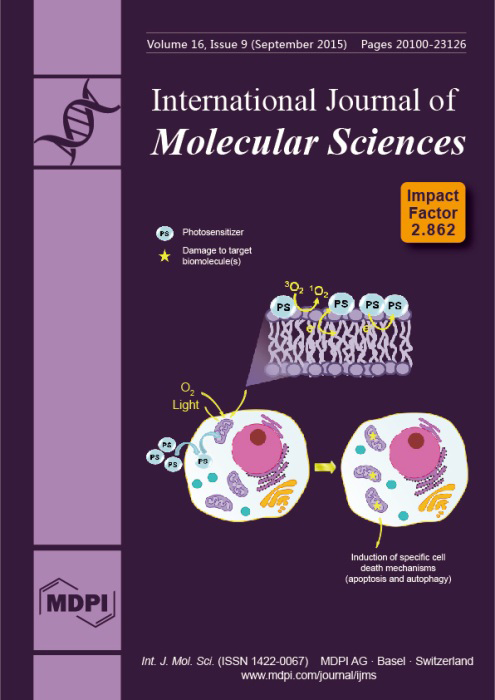1
Department of Marine Biotechnology and Resources, National Sun Yat-Sen University, Kaohsiung 804, Taiwan, ROC
2
Department of Fragrance and Cosmetic Science, Kaohsiung Medical University, Kaohsiung 807, Taiwan, ROC
3
Graduate Institute of Natural Products, Kaohsiung Medical University, Kaohsiung 807, Taiwan, ROC
4
Center for Stem Cell Research, Kaohsiung Medical University, Kaohsiung 807, Taiwan, ROC
5
Department of Biotechnology, Kaohsiung Medical University, Kaohsiung 807, Taiwan, ROC
6
Center for Infectious Disease and Cancer Research, Kaohsiung Medical University, Kaohsiung 807, Taiwan, ROC
7
Department of Biological Sciences, National Sun Yat-sen University, Kaohsiung 804, Taiwan, ROC
8
Translational Research Center, Cancer Center, Department of Medical Research, and Department of Obstetrics and Gynecology, Kaohsiung Medical University Hospital, Kaohsiung Medical University, Kaohsiung 807, Taiwan, ROC
9
Doctoral Degree Program in Marine Biotechnology, National Sun Yat-sen University and Academia Sinica, Kaohsiung 804, Taiwan, ROC
10
Department of Medical research, China Medical University Hospital, China Medical University, Taichung 404, Taiwan, ROC
†
These authors contributed equally to this work.
add
Show full affiliation list
remove
Hide full affiliation list
Abstract
In this study, we screened compounds with skin whitening properties and favorable safety profiles from a series of marine related natural products, which were isolated from Formosan soft coral
Cladiella australis. Our results indicated that 4-(phenylsulfanyl)butan-2-one could successfully inhibit pigment generation processes
[...] Read more.
In this study, we screened compounds with skin whitening properties and favorable safety profiles from a series of marine related natural products, which were isolated from Formosan soft coral
Cladiella australis. Our results indicated that 4-(phenylsulfanyl)butan-2-one could successfully inhibit pigment generation processes in mushroom tyrosinase platform assay, probably through the suppression of tyrosinase activity to be a non-competitive inhibitor of tyrosinase. In cell-based viability examinations, it demonstrated low cytotoxicity on melanoma cells and other normal human cells. It exhibited stronger inhibitions of melanin production and tyrosinase activity than arbutin or 1-phenyl-2-thiourea (PTU). Also, we discovered that 4-(phenylsulfanyl)butan-2-one reduces the protein expressions of melanin synthesis-related proteins, including the microphthalmia-associated transcription factor (MITF), tyrosinase-related protein-1 (Trp-1), dopachrome tautomerase (DCT, Trp-2), and glycoprotein 100 (GP100). In an
in vivo zebrafish model, it presented a remarkable suppression in melanogenesis after 48 h. In summary, our
in vitro and
in vivo biological assays showed that 4-(phenylsulfanyl)butan-2-one possesses anti-melanogenic properties that are significant in medical cosmetology.
Full article






